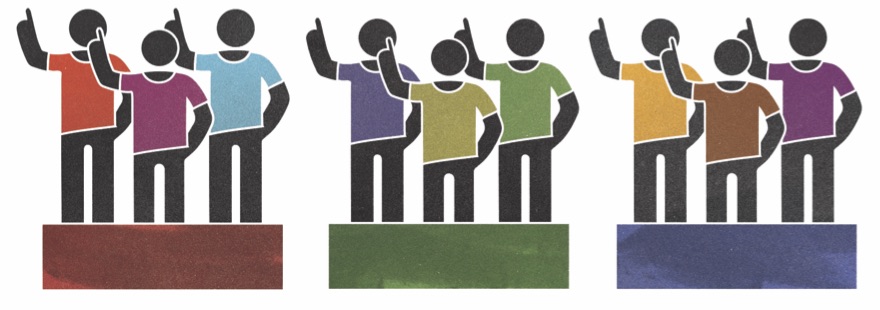
Individual candidate platforms promote diverse governance
To put it lightly, the Students’ Union election period is not particularly popular at the University of Calgary. Thousands of gimmicky posters plaster the walls around MacHall, while costumed candidates run around campus begging students they’ve never met to vote for them. It’s easy to see why most students grumble about the ordeal every March when they return from reading week.
But it could be worse. Behind all the memes and theatrics of the campaign period is a complex set of rules and regulations that SU candidates are supposed to follow. The amount each student is allowed to spend on their campaign, the number of posters they are allowed and even the size of those posters are just some of the policies that dictate SU elections.
Most of the SU’s election policies are well-thought-out and the result of learning from past mistakes. For instance, many places on campus — including libraries, bathrooms, the Den and residence buildings — are now designated as “no campaign zones.” If you don’t want SU candidates to approach you this week, stick to these areas.
Most importantly, the current policies ensure that students with diverse opinions can be elected. Student associations at other universities should learn from the U of C in this regard.
An easy example is slates. In previous years at the U of C, candidates were allowed to run together under the same platform and slogan and could pool their resources. They could take turns approaching students throughout the day to ensure their platforms were heard by more voters. But slates were banned following the 2014 SU election.
Proponents of slates argue that they encourage students to run in the SU election who otherwise would not be confident enough to do so. And at the faculty representative level, this sometimes makes sense. Is there really that big of a difference in the platforms of the various Faculty of Arts representative candidates? Not really.
But slates — commonly referred to as “parties” at other universities in Canada — harm student democracy at the executive level. In 2016 at Ryerson University in Toronto, a large group of students ran for various Ryerson Students’ Union positions under the “Impact” slate. Working as a team, Impact swept the executive elections. That means the entire RSU executive team this year is essentially part of the same political party with the same platform and mandate.
Independent executive candidates allow for different ideas in Students’ Legislative Council. That’s important because it ensures various student voices are heard.
At the U of C, SU officials will actually debate with each other over issues, instead of just rubber-stamping everything that comes through council because they’re accountable to their own platform. Even on seemingly insignificant things like proposed changes to verbal reporting policy, our elected officials take firm stances and take each other to task to stand up for their constituents. It’s clear that an election full of independent candidates leads to better discussion in student government.
This is an indirect result of our SU’s election policies — specifically the lack of “political parties” at an executive level. While it means members of SLC are more likely to bicker and argue with each other, it also ensures that students’ interests are actually being considered by our elected officials.
Of course, friends still campaign together, forming unofficial “slates.” Don’t be surprised if you see two costumed candidates colluding. But when every executive candidate has their own platform, there’s hope for at least some debate at SLC.
Scott Strasser, Gauntlet Editorial Board
